Do you value creativity in your organisation? In his book A Whole New Mind: Why Right-brainers will Rule the Future, Daniel Pink says we have entered the ‘Conceptual Age’ of creators and empathizers, where creativity will become the competitive difference. He outlines six essential elements: Design, Story, Symphony, Empathy, Play and Meaning.
A short-time ago I spent 3 days with a swarm of highly creative business people in Amsterdam at a Business Models Inc event – ‘Business Model Canvas: The Game’. If creativity is the answer to the next generation of leading businesses I may well have been in the company of some of the world’s next game-changers.

Reviewing Business Model Canvas Game Prototypes
The 3 day collaboration fused a 72 hour game-jam, where six teams of game developers built prototypes to gamify the Business Model Canvas, with a full-day workshop led by Sunni Brown on Gamestorming, a further workshop with Patrick Van Der Pijl developing prototypes for a ‘Vision Canvas’, and a masterful presentation by Alex Osterwalder on how business model innovation will be used to shape the next era of disruptive businesses.

The Game-Jam HQ
I got a real buzz from this event. Sometimes you find yourself surrounded by people who seem to speak your language (even when English isn’t their first language) and for me this was one of those moments – artists who’ve become business consultants, urban designers who’ve become experts at business visioning, Agile and Scrum specialists looking to Visual Thinking and Gamestorming to improve productivity, and professional facilitators looking to improve their business engagement skills.

Work-shopping the Vision Canvas
Osterwalder proposed that business now needs two distinct leaders; the ‘Chief Execution Officer’, responsible for executing the existing business model; and the ‘Chief Entrepreneurial Officer’ who would be responsible for designing and implementing future business models.
Alexander Osterwalder talks about the importance of ongoing entrepreneurial innovation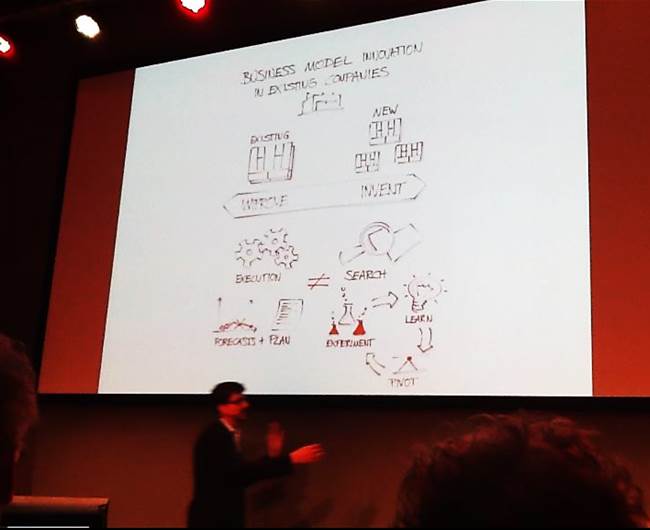

EA’s Architecture Innovation Curve – the journey ahead
(*Adapted from Ruth Malan, Dana Bredemeyer)
I buy into this view of the world. The practice of Enterprise Architecture is itself on a journey of innovation – from its roots in technology through to a much broader business context. At EA our ongoing challenge is to continually develop and reinvent our business as enterprise architecture practice evolves up the strategic stack.
I must congratulate Business Models Inc for putting this event together. They are an exciting consultancy, taking a fresh approach to generating disruptive business models. I like these guys because they, like us, use design, story, play and meaning as a key platform to energise businesses and to find new ways to innovate and create business value. They work with clients to co-create the new business model – while we co-create the execution path to make the client’s new vision a reality.
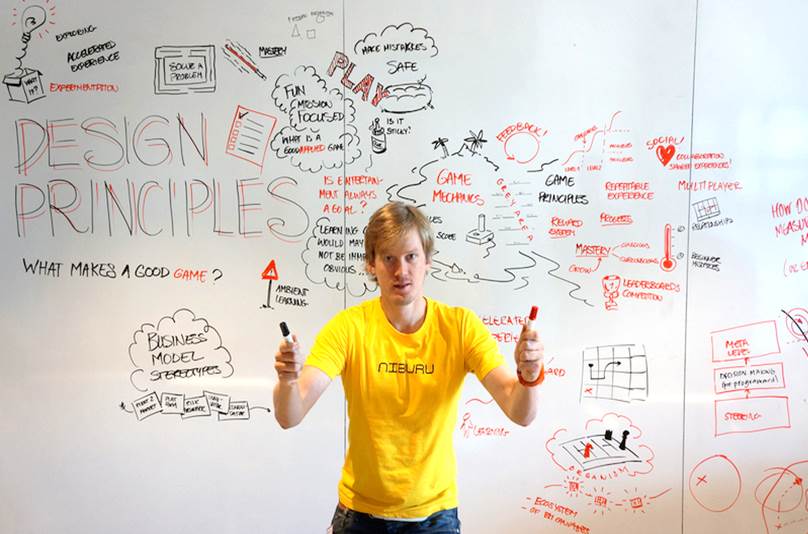
Work-shopping the Game Design Principles
Are you seeing an increase in the uptake of Design, Story, Symphony, Empathy, Play and Meaning in your organisation, as described by Daniel Pink? Is creativity valued in your organisation?










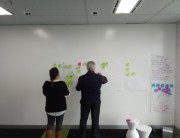

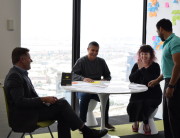










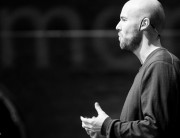





















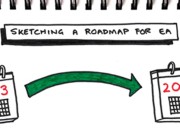





















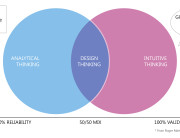

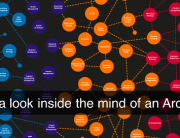



Thanks for the story. I really like the sound of what these guys are doing. Our continuing journey to create real strategic value in the minds of business executives requires us to think of better ways of communicating, whilst having the confidence that comes from a structured and repeatable approach (if that’s not too much of an oxymoron). I think initiatives like this and the Business Model Canvas allows us the creativity and the discipline to enable businesses to understand and evolve. These are certanly two things that are needed in business today if you hope to be around tomorrow.
Great post! We totally agree with you that business, design principles, gaming and play should become more integrated when it comes to innovation. We were honored by your visit to our event in Amsterdam. Good to hear you had a good time!
Great post. The argument, and need, for the creative-agile business model has been around for decades. If we change some of the present-day nomenclature then we could be reading from Brain of the Firm (1971): how the organization composes itself and the way it behaves in response to stimulus from its environment (and how in turn that may go on to affect the environment).
To be successful, the organization must first be open to BM creativity (or at least be willing to resist the prejudice that the current model is ‘working just fine’) as it is to, say, new product ideas. Secondly, the organization needs to become attuned to the business environment so that it is able to hear the right messages from the overwhelming noise. The observation made in 1971 that is just as relevant today is that it is our timely capacity to absorb and filter the information we’re constantly receiving that sets the agenda for creativity. How do we know we’re listening correctly? The new model needs to be tested in the environment, frequently, and the environment monitored for new messages…
I think the difference between then and now is the sheer scale and opportunity for collaboration that is enabling information gathering + filtering and the creative process to make good on delivering those old ideas in their new form.
Good text but I have to ask:When was creativity not the competitive advantage ?
Perhaps my yoghurt is still fresh …
Thanks for your contribution @DBJ. Agree that creativity has often been at the heart of a competitive edge however innovation is now occurring more aggressively – at the business model design level as well as in product and service delivery. For many industries the shelf life of a business model is rapidly shrinking, placing pressure, and thus greater value, on business innovation. Consequently we are seeing the pendulum in business investment and sponsorship swinging from an analytical, reliability-based focus to a more intuitive, validity-based focus.